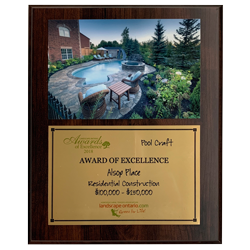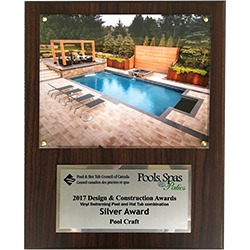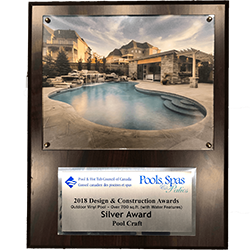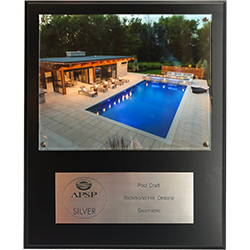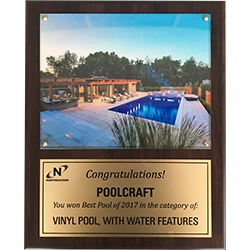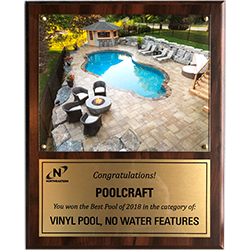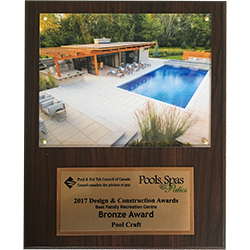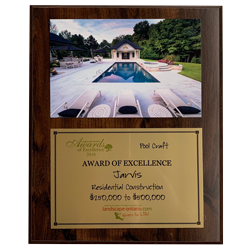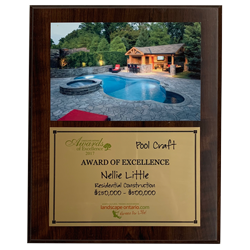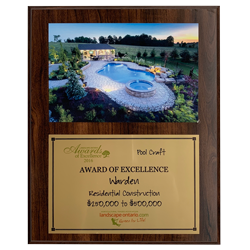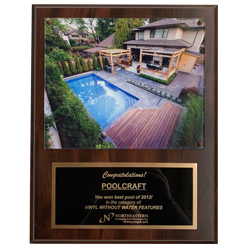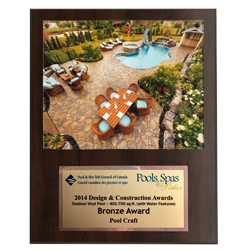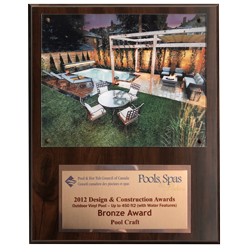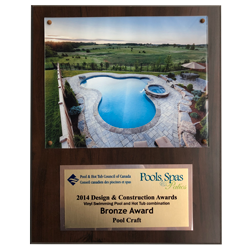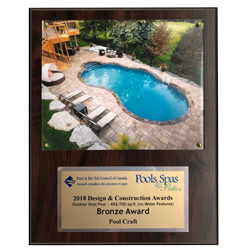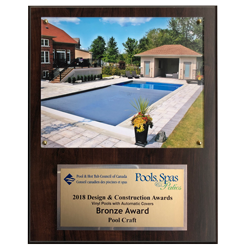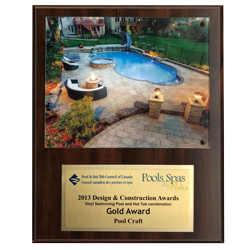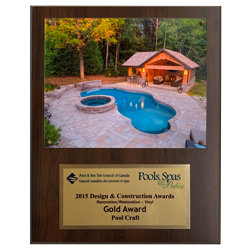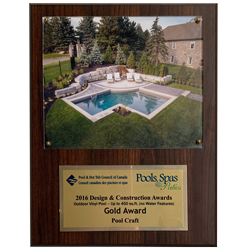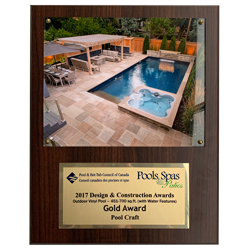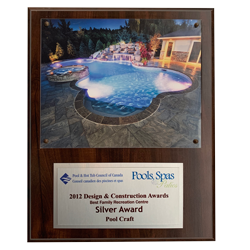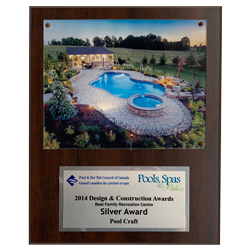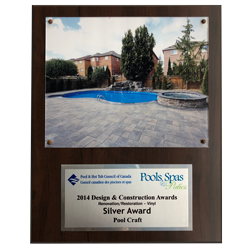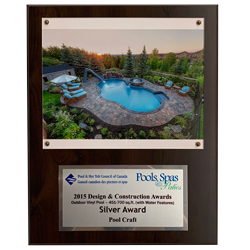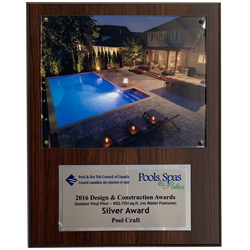Is it August or October?
The last two years have given us beautiful summer weather into October. Consider these tips when extending your pool season into the fall:

1. Turn your salt cell down if you’re not heating your pool consistently
Salt systems can over produce when your heater isn’t doing it’s job fulltime. If you’re not really using your pool your chlorine isn’t getting used up, so you can end up with high chlorine.
2 a). If you don’t have automation, watch the weather and keep your pump running when the nights get chilly
2 b). If you do have automation “freeze protection mode” will override your programs to ensure your plumbing is safe
3. Check your basket daily. Foliage gravitates to your pool skimmer 😉
*if you see leaves falling on your deck appearing to stain the stone, trust Mother Nature to clean it up. (the acid in rainwater/snow has a way of getting rid of most marks come spring)
4. If you have water running to your cabana or structure consider closing it sooner than the pool as there is no freeze protection in place for your plumbing
5. Remember to balance your water for closing. Properly balanced water will help protect your liner into the spring
- Consider the overall ambiance you want to create, whether it’s soft and romantic or bright and functional.
- Use a mix of lighting techniques, such as uplighting, downlighting, and accent lighting, to add depth and dimension to your land-scape.
CHOOSE THE RIGHT FIXTURES:
- Select high-quality fixtures that are designed for outdoor use and can withstand the elements.
- Opt for fixtures with adjustable features, such as beam angle and intensity, to have flexibility in lighting different areas.
- Consider energy-efficient options, such as LED lights, which are long-lasting and consume less electricity.
HIGHLIGHT KEY FEATURES:
- Use uplighting to illuminate trees, shrubs, or architectural elements. Position the lights at the base of the objects and angle them upward for a dramatic effect.
- Use downlighting to create a moonlight effect or to light large open areas. Mount fixtures in trees or on tall structures to cast a gentle, diffused light below.
- Employ path lighting along walkways and garden paths to enhance safety and guide visitors. Choose fixtures that are low-profile and install them at regular intervals.
CONSIDER LIGHTING TECHNIQUES:
- Use silhouetting by placing a light behind an object to create a striking silhouette effect against a wall or fence.
- Create shadowing effects by placing lights in front of textured surfaces, such as stone walls or trellises, to cast interesting shadows.
- Experiment with colored filters or lenses to add ambiance or to match a specific theme or occasion.
USE LAYERS AND ZONES:
- Create depth and visual interest by layering different lighting elements, such as combining uplighting with path lighting and accent lighting.
- Divide your landscape into zones and use separate circuits or controls to adjust lighting levels in each zone independently. This allows you to create different moods and accommodate different activities.
INSTALL PROPER WIRING AND CONTROLS:
- Ensure that your lighting system is professionally installed with proper wiring and connections to avoid any safety hazards.
- Consider using a lighting control system or timers to automate the operation of your landscape lighting and save energy.
- Include dimmers or adjustable controls to have flexibility in adjusting the brightness of your lights.
Remember, lighting is both an art and a science, so don’t be afraid to experiment and adjust as needed. It’s always a good idea to consult with a professional landscape lighting designer or contractor to help
you create a stunning and functional lighting scheme for your outdoor space.
